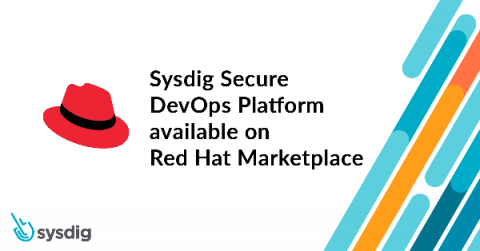The Business of Cybersecurity: How Security Programs Drive Business Results
Surprisingly, many organizations have yet to move beyond the traditional compliance-driven approach to cybersecurity. However, to address today’s risk of a cyber breach — which can lead to an organization’s data being compromised or a disruption to business operations — cybersecurity organizations need to focus on delivering the level of security required to protect corporate assets and align with the strategic goals and objectives of the business.











